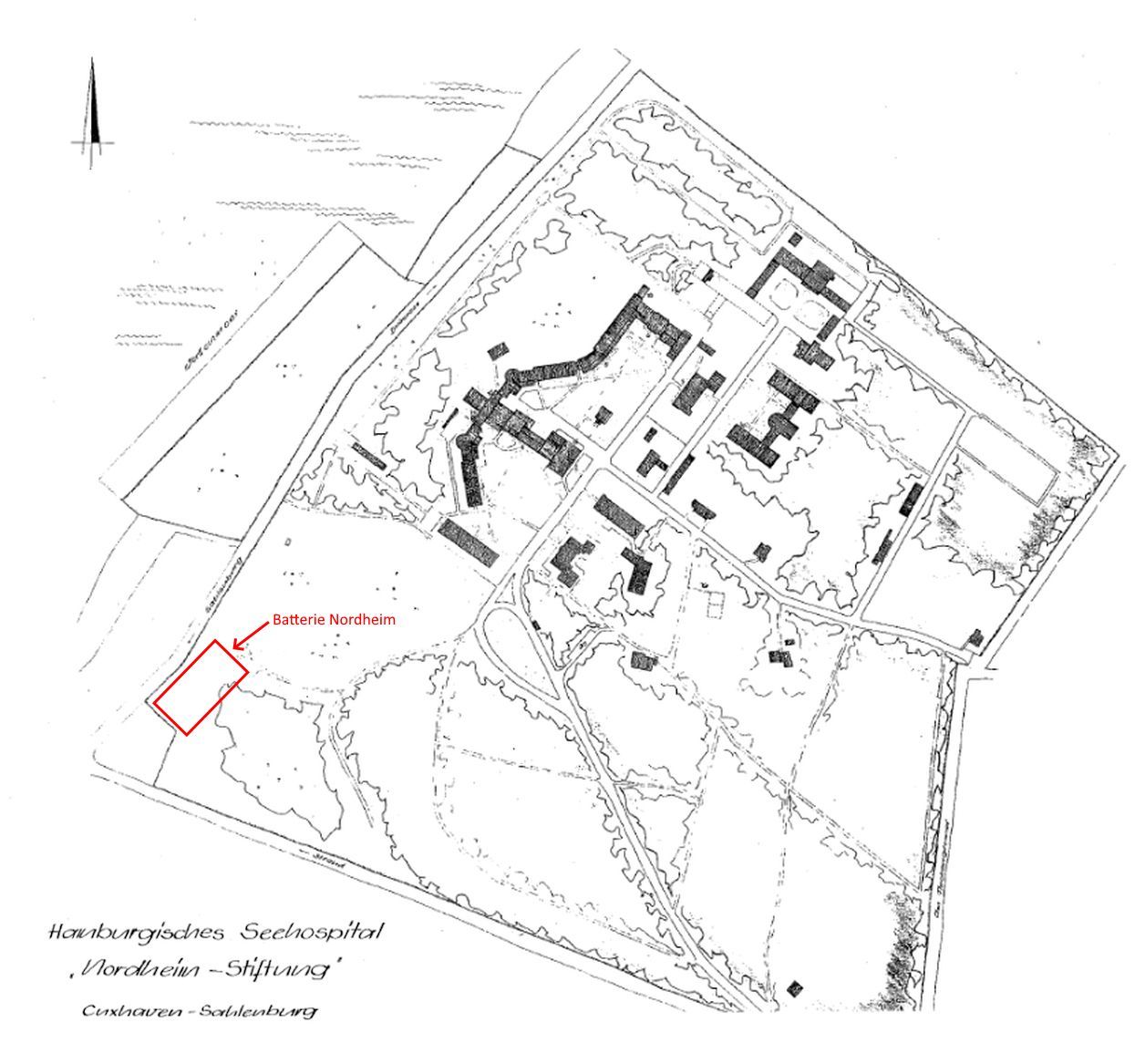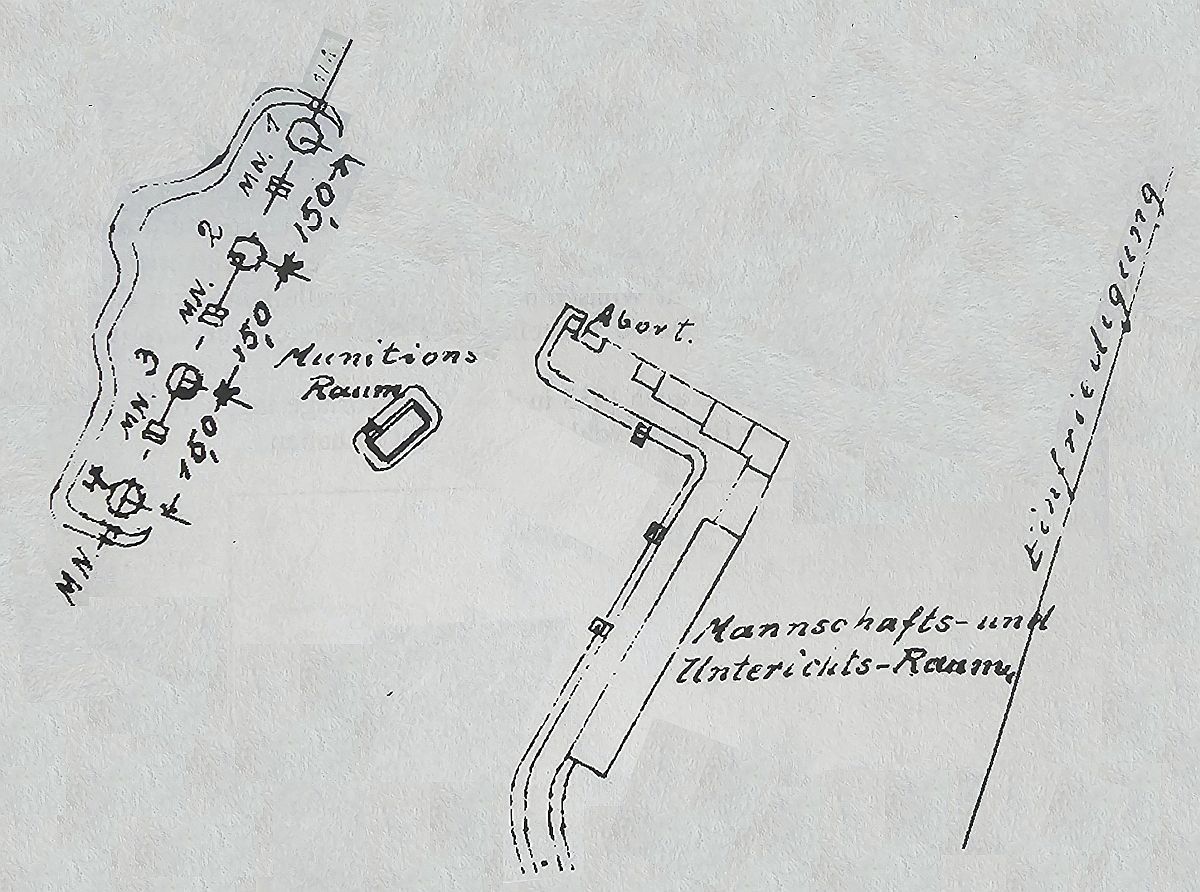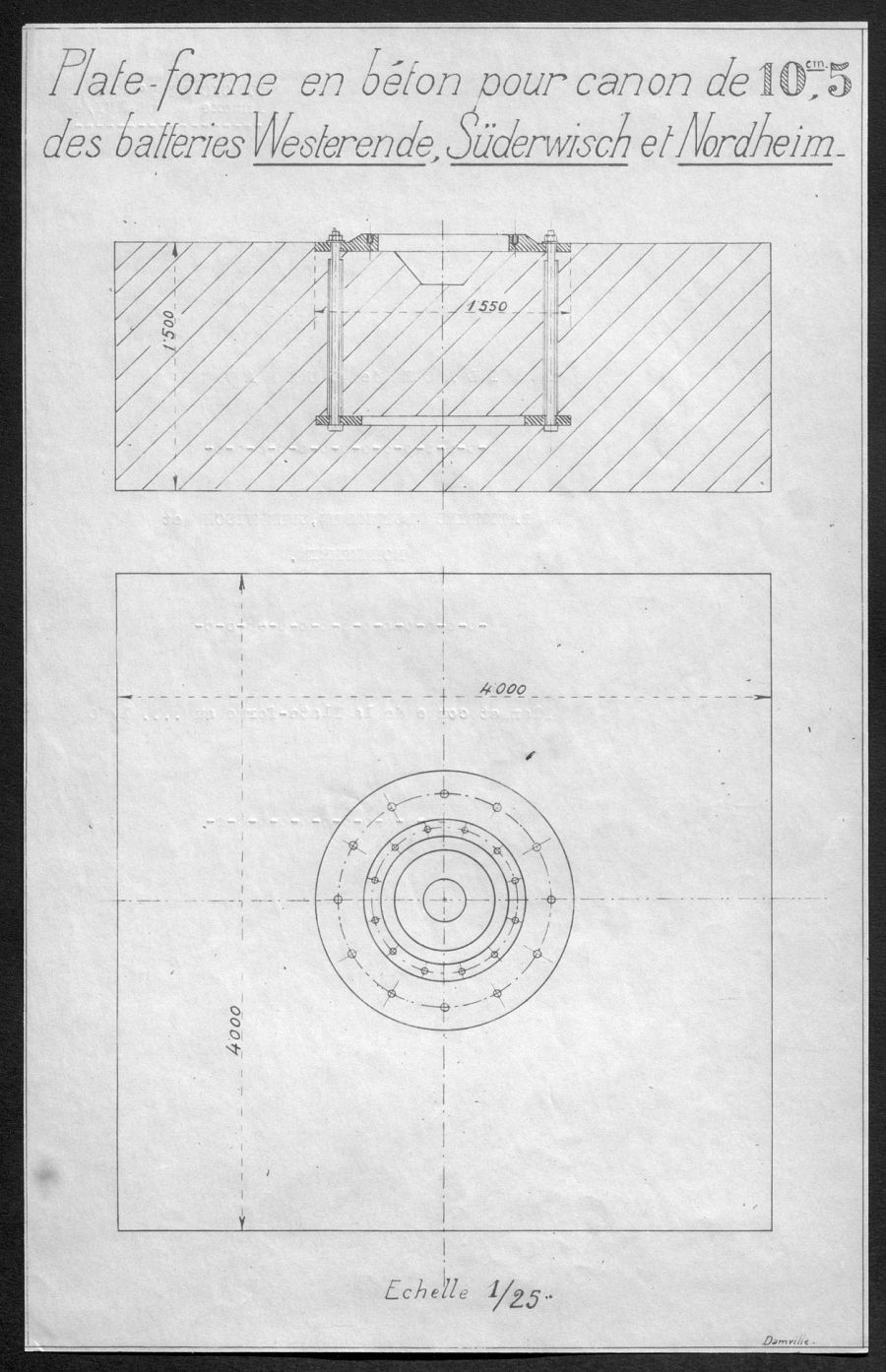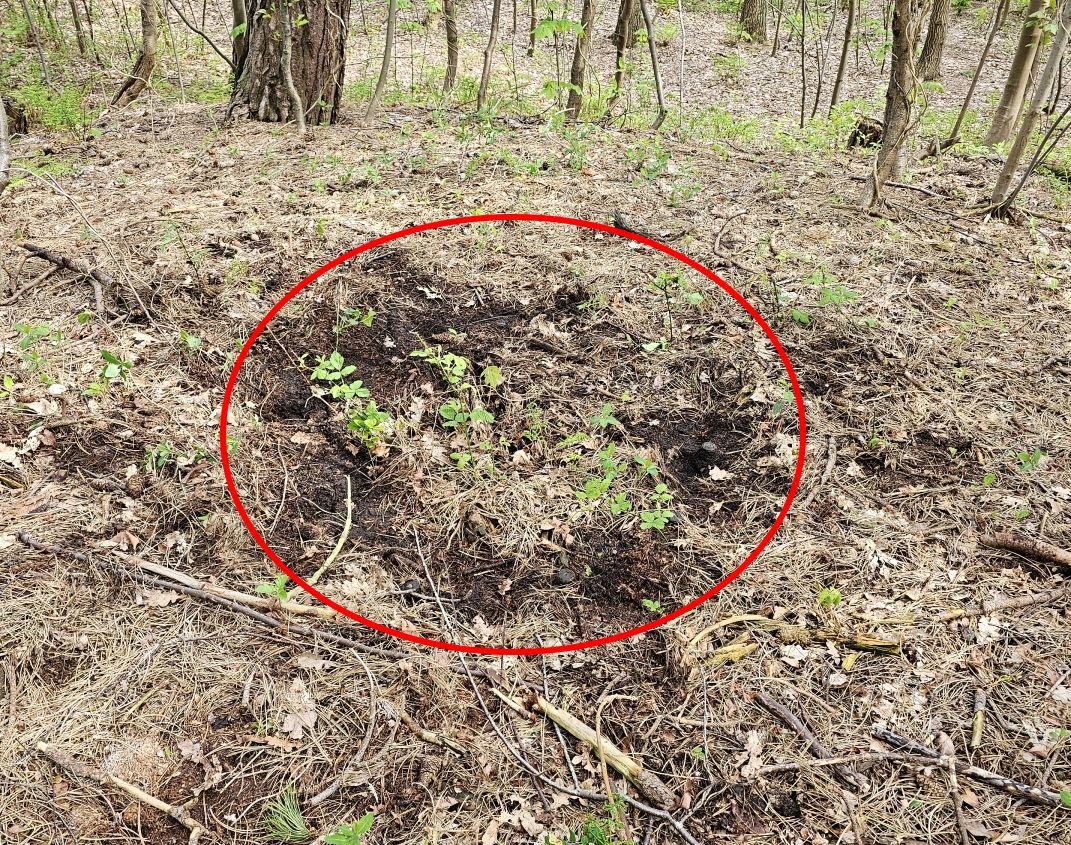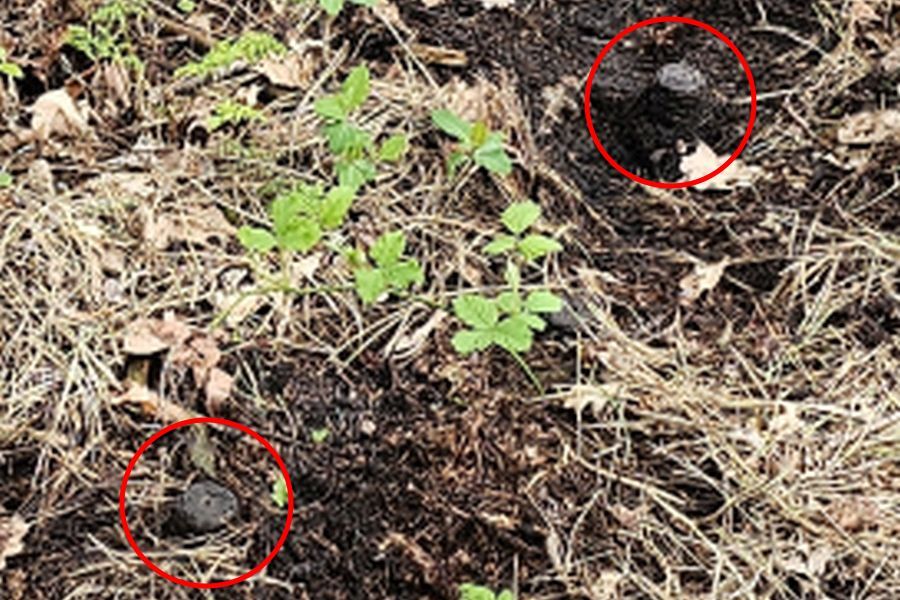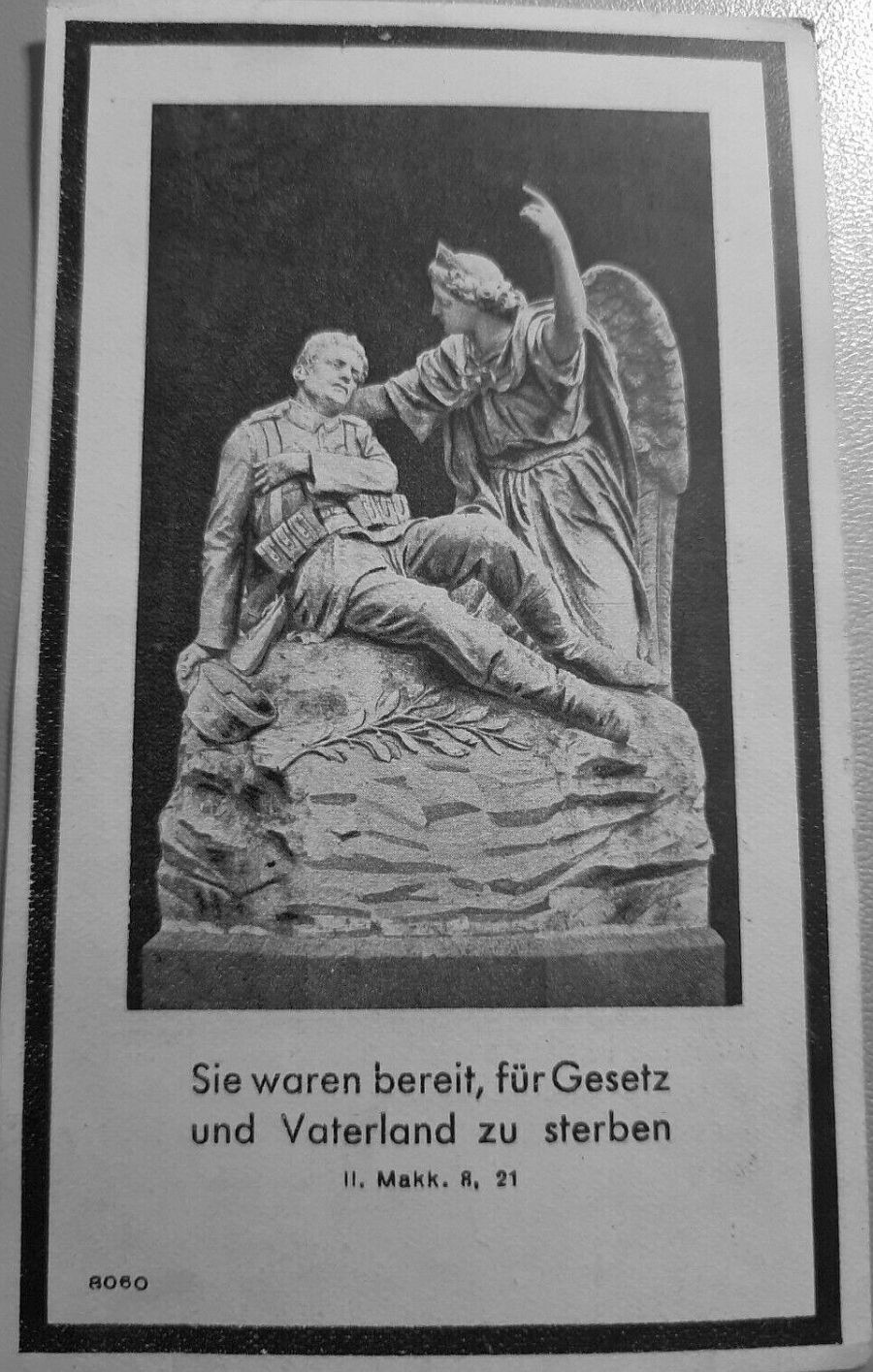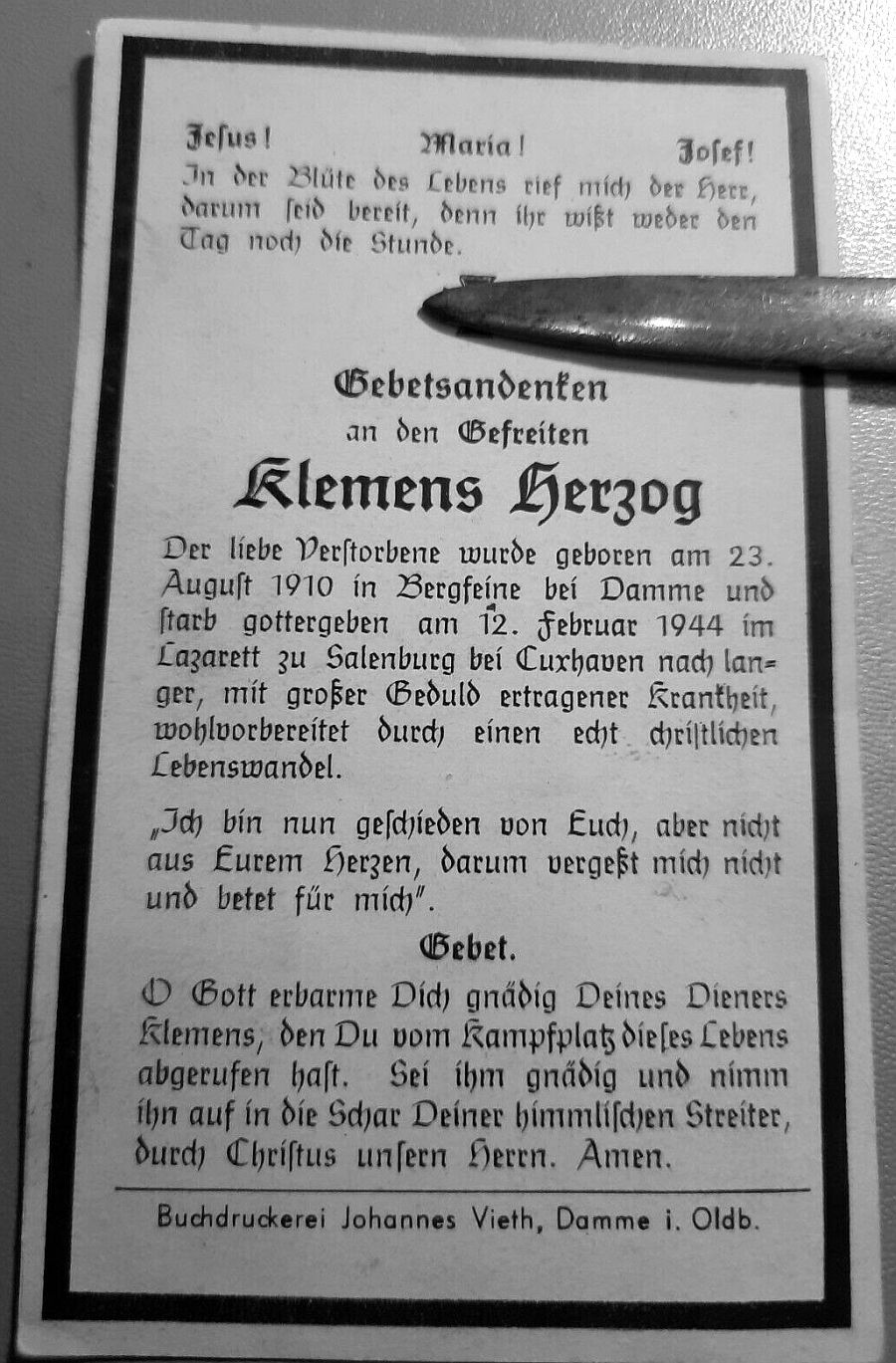
The Hamburg Nordheim Foundation in the Cuxhaven district of Sahlenburg was a specialist clinic for the treatment of children from poor backgrounds, primarily suffering from bone tuberculosis. The hospital buildings were built from 1904 using funds from the legacy of the late Hamburg merchant Marcus Nordheim. Two years later, the new hospital was able to officially begin operations.
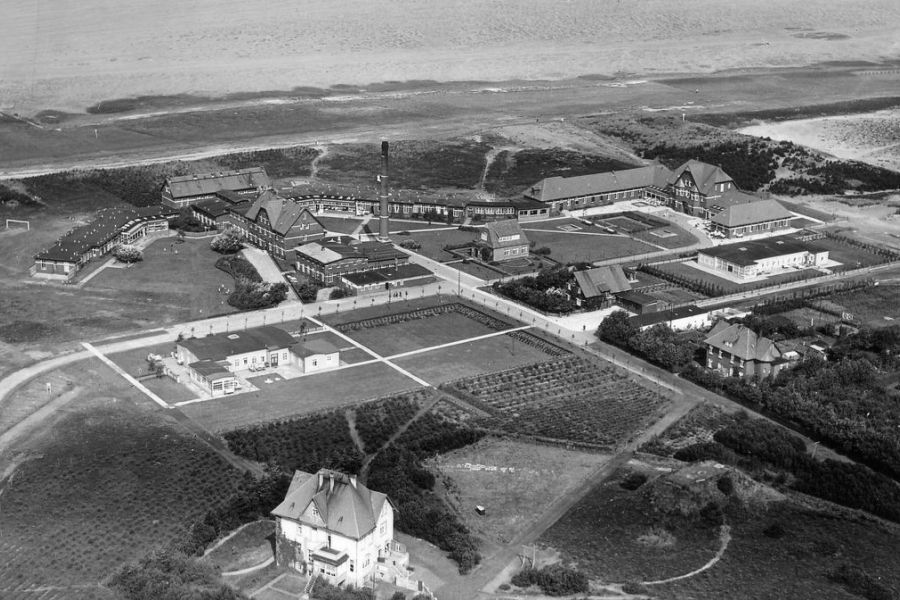
The Nordheim Foundation with a view to the north towards the sea.Source: Private
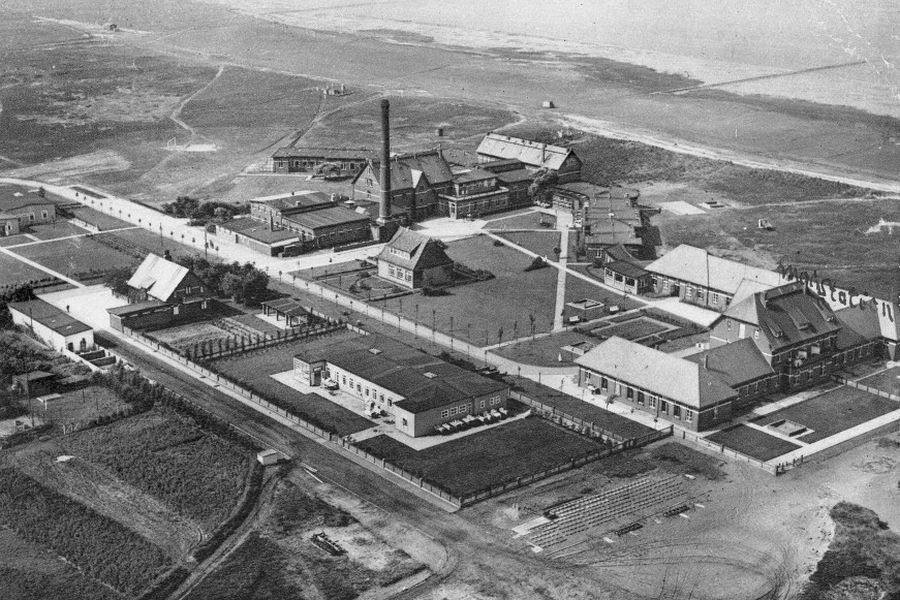
At that time, the forest cover was not yet significant, heathland still predominated.Source: Private
Battery Nordheim
When the First World War began, the military moved into the Nordheim Foundation's premises and hospital operations had to be stopped. A battery was built on the site that was needed for coastal defense. This was the Nordheim anti-aircraft position on the southwest side of the site. For this purpose, several of the hospital buildings were confiscated for use by the Reichswehr, primarily to house soldiers. After the end of the First World War and the withdrawal of the military, the institution went back into operation under the direction of Hamburg despite difficult economic circumstances.
The hospital continued to operate during the Third Reich. However, the name Nordheim was dropped because the founder and his descendants were Jewish citizens. The clinic has since been known as Seehospital Sahlenburg. There is little background information from this period about its military use. In addition to providing civilian care, the clinic was also used to treat wounded soldiers. However, it appears that it was not a first-priority hospital, but rather an auxiliary hospital for secondary operations and the treatment of acutely ill soldiers. Military personnel were also treated and rehabilitated here after undergoing surgical interventions. Some of the buildings, such as the former school, were probably used as a sanatorium for this purpose (see photos). To ensure that patients were protected from air raids, underground bunker-like shelters were built on the site.
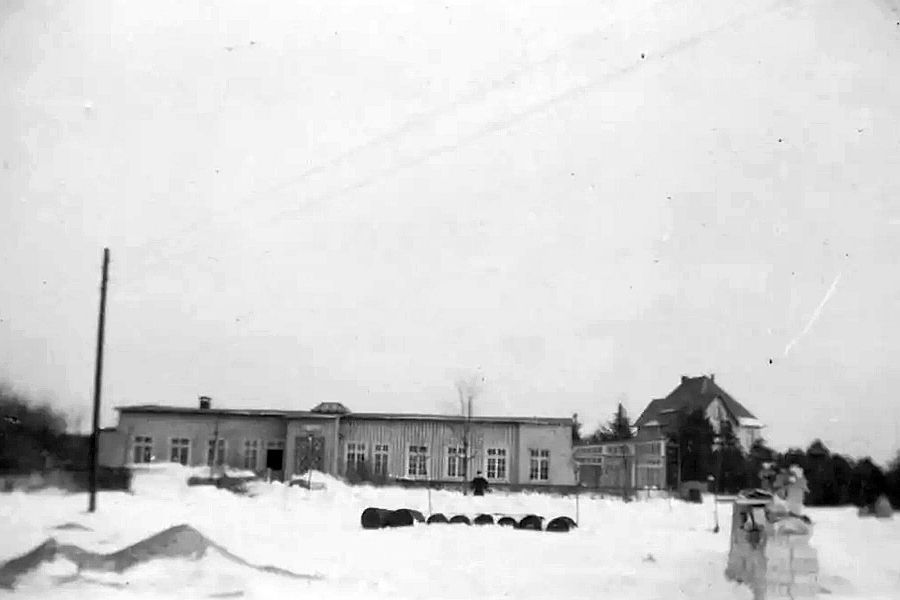
The former canteen (restaurant).Source: Private
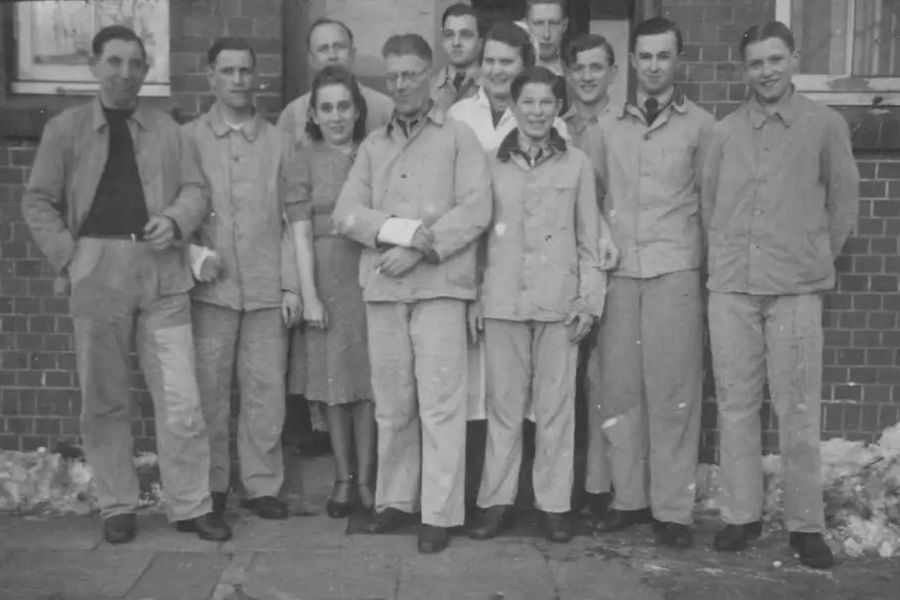
Soldiers with war wounds recovering from hospital stays in the sea hospital. The photos are from 1944. Source: Private
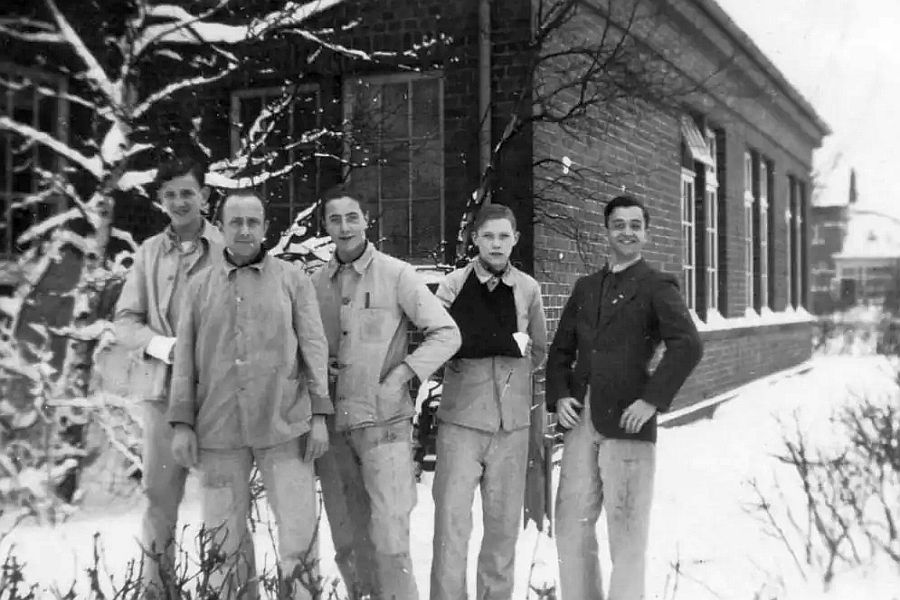
Source: Private
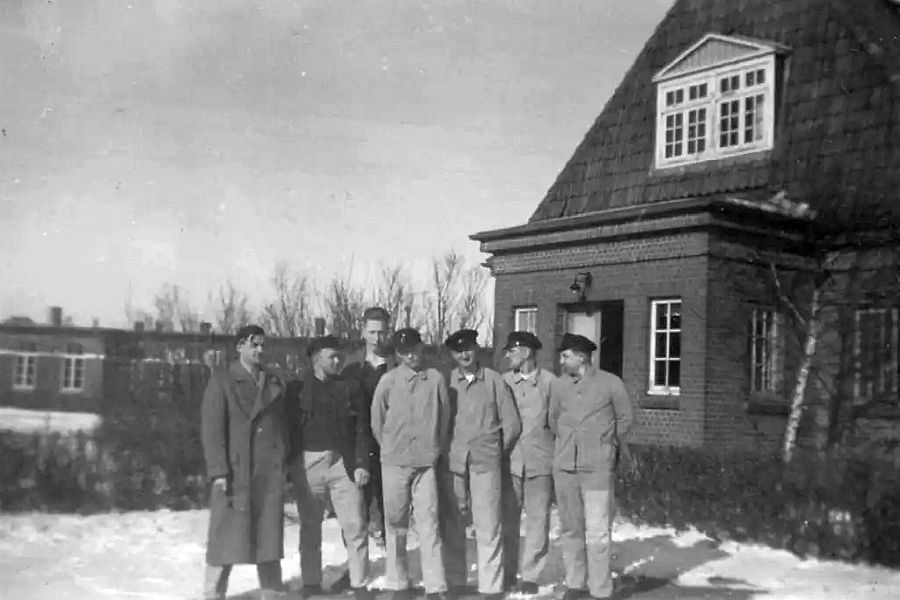
In front of the former school on the hospital grounds of the Hamburg Seehospital. At this time, Department 8, Men's Ward. Source: Private
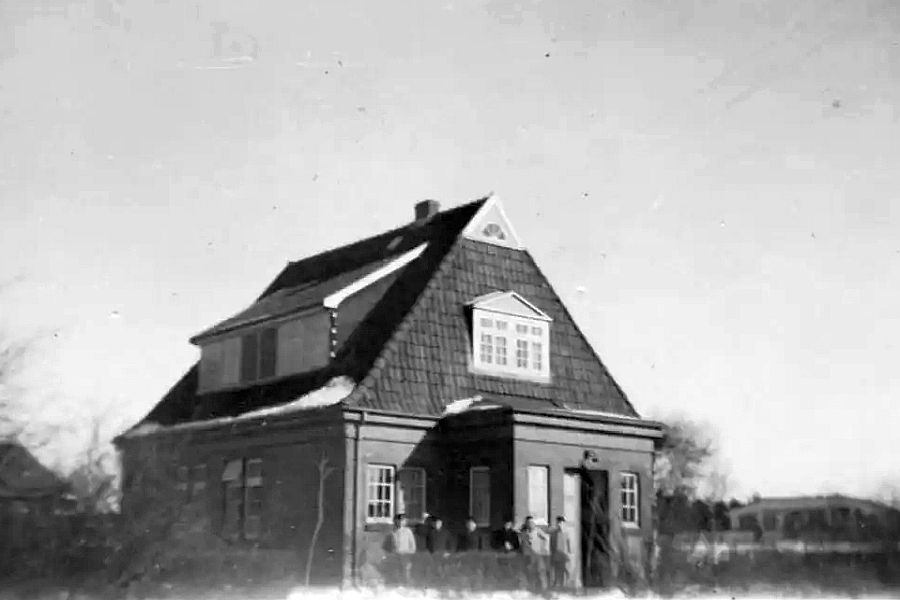
Department 8. / Men's ward, the building no longer stands today.Source: Private
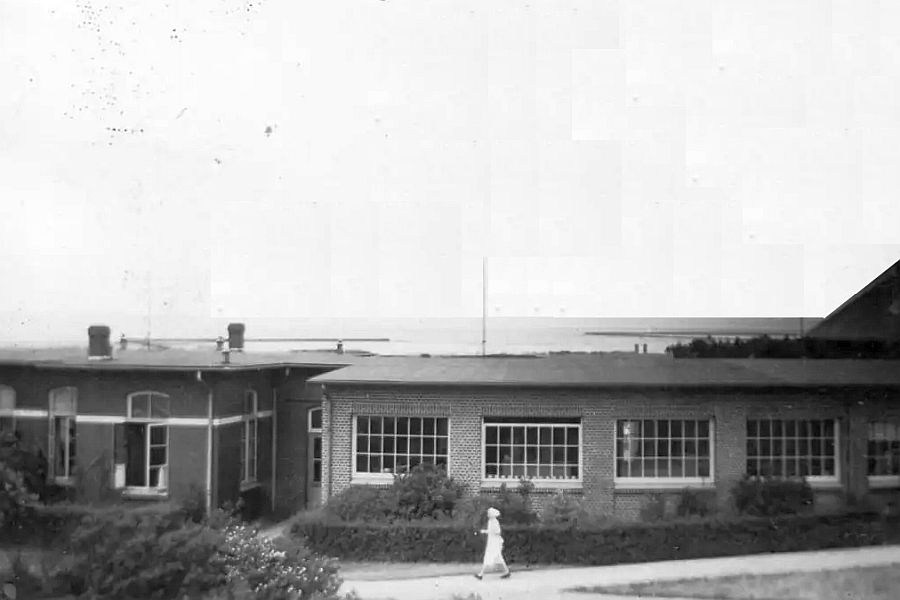
The side wing facing the sea, in the background the groynes of the "Duhner Neulandgewinnung".Source: Private
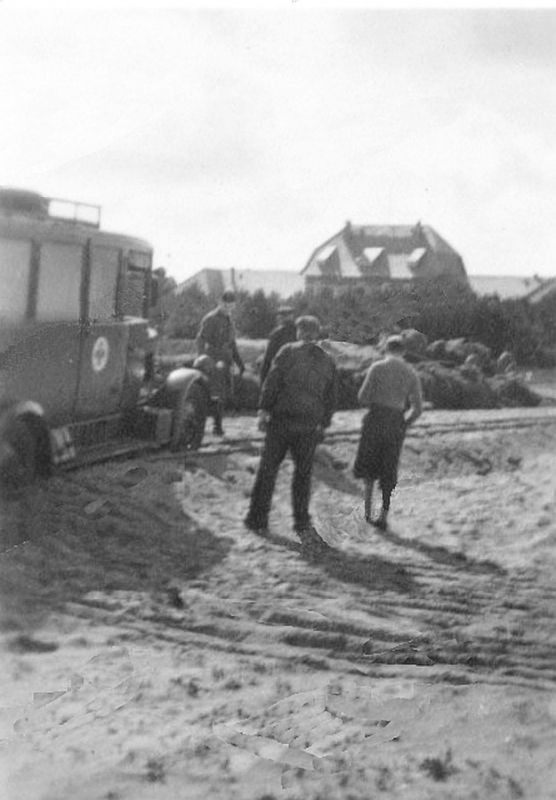
Apparently stuck, a Wehrmacht ambulance vehicle on today's dune path near Duhner Heide (sea side). In the background is the back of the "Mathilde-Emden-Haus" on the grounds of the Nordheim Foundation. The narrow-gauge railway tracks are visible along the edge of the path. The vehicle is a "Phänomen Granit 25 H". Source: Private



